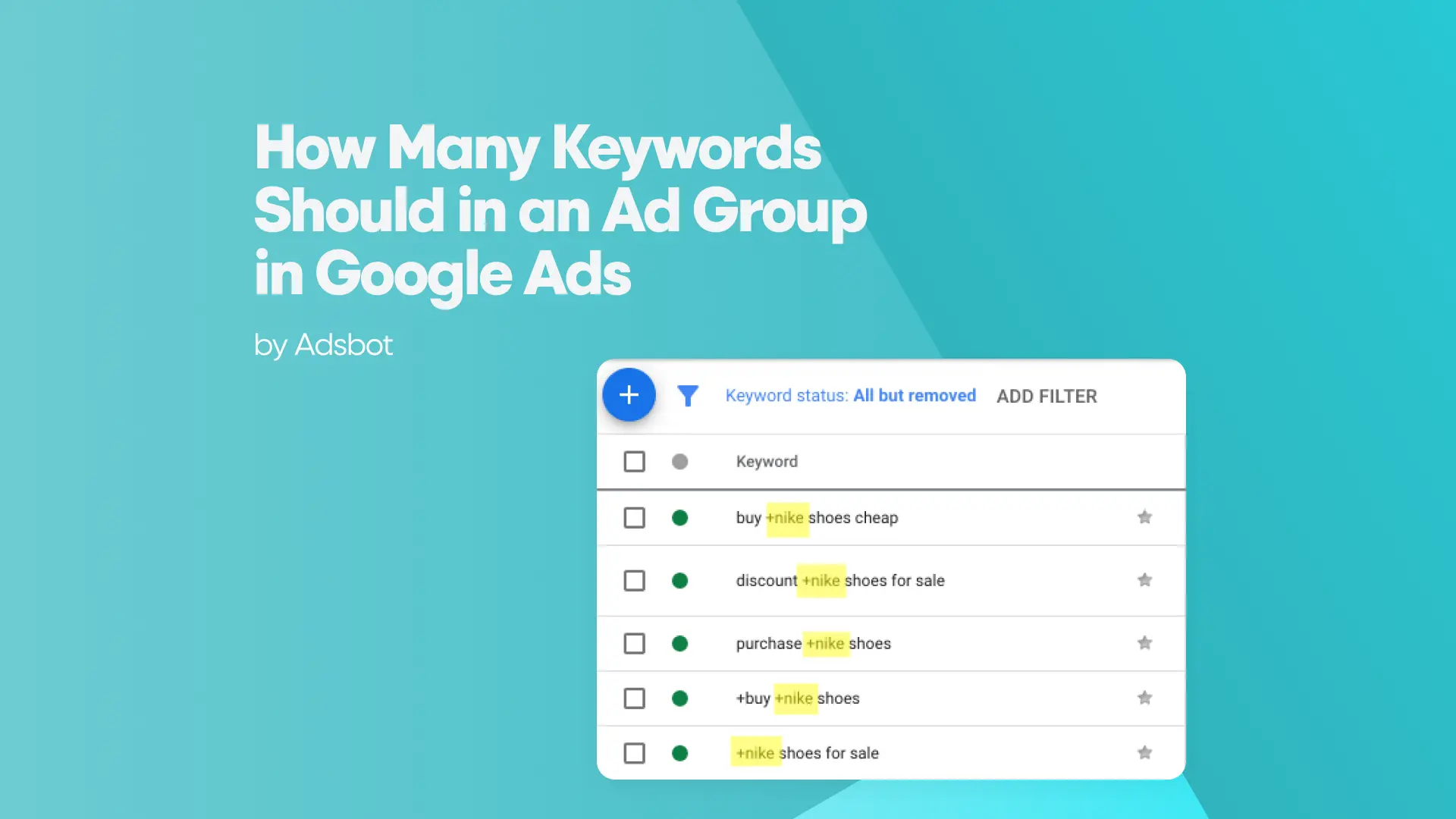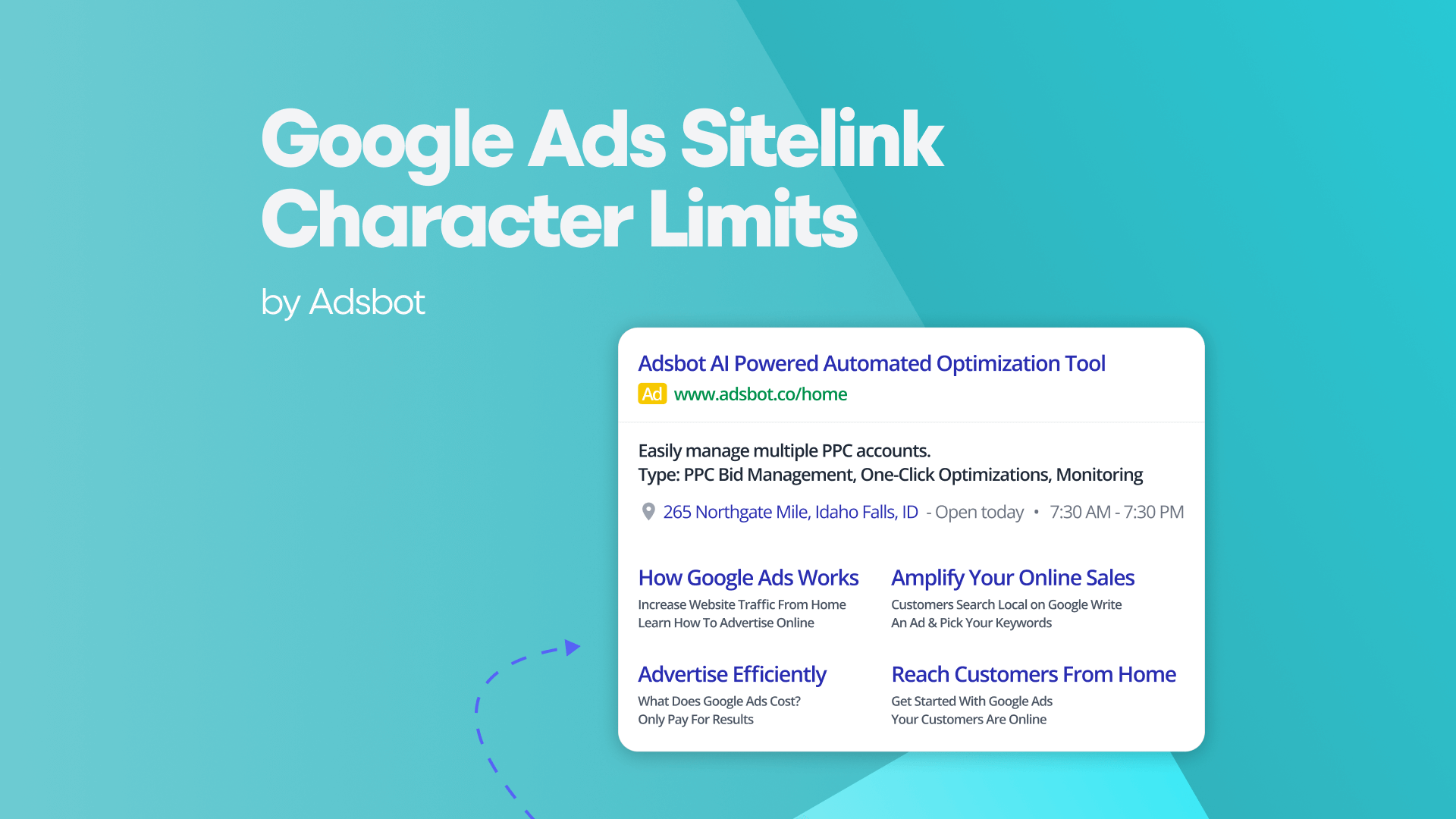Google Ads offers various campaign types, each designed to achieve specific marketing objectives and reach different audiences effectively. Understanding the different campaign types in Google Ads is crucial for creating targeted advertising strategies that maximize return on investment (ROI) and achieve business goals. This comprehensive guide explores the various campaign types available, how to determine the right one for your objectives, and how to effectively manage and optimize campaigns within Google Ads.
Introduction to Google Ads Campaign Types
Google Ads, formerly known as Google AdWords, is Google’s online advertising platform that allows businesses to create and manage ads that appear on Google Search, YouTube, Google Display Network, and other Google properties. Campaign types in Google Ads define the overall strategy and objectives of your advertising efforts, influencing where and how your ads will appear to potential customers.
Understanding the Basics: What is a Campaign Type?
A campaign type in Google Ads refers to the overarching strategy and goal of your advertising campaign. It determines where your ads will be shown, how they will be displayed, and who your target audience is. Choosing the right campaign type is essential for achieving your marketing objectives, whether it’s driving website traffic, increasing brand awareness, generating leads, or driving sales.
Different Types of Google Ads Campaigns
Google Ads offers several campaign types, each tailored to specific advertising goals and targeting options. Here are the main campaign types available:
- Search Network Campaigns: These campaigns display text ads on Google Search results pages when users search for products or services related to your keywords. Search Network campaigns are ideal for reaching customers who are actively searching for specific products or services.
- Display Network Campaigns: Display Network campaigns place visual banner ads or text ads on websites, apps, and videos within the Google Display Network. This network includes a wide range of websites and apps where your ads can reach potential customers who are browsing or consuming content online.
- Shopping Campaigns: Shopping campaigns showcase product listings directly within Google Search results and on Google Shopping. These campaigns are highly visual, featuring product images, prices, and descriptions, making them effective for e-commerce businesses looking to promote their products directly to shoppers.
- Video Campaigns: Video campaigns promote video content on YouTube and across the web. Ads can appear before, during, or after YouTube videos, within YouTube search results, or alongside Display Ads on the Google Display Network. Video campaigns are effective for driving brand awareness and engagement through visual storytelling.
- App Campaigns: App campaigns promote mobile apps across Google Search, Google Play, YouTube, and the Google Display Network. These campaigns are designed to drive app installs or encourage in-app actions, such as purchases or sign-ups, making them ideal for app developers and marketers.
- Smart Campaigns: Smart campaigns are designed for small businesses or advertisers new to Google Ads. They use machine learning to automate campaign management, targeting, and ad creation. Smart campaigns are simple to set up and optimize, making them a convenient option for businesses looking to get started quickly.
How to Choose the Right Campaign Type
Choosing the right campaign type in Google Ads depends on your specific marketing goals, target audience, and budget. Here are the key steps to determine the best campaign type for your objectives:
1. Define Your Advertising Goals:
- Increase Website Traffic: If your goal is to drive more visitors to your website, consider Search Network or Display Network campaigns focused on generating clicks to your site.
- Boost Brand Awareness: For increasing brand visibility and reaching a broad audience, Display Network campaigns or Video campaigns can be effective for showcasing your brand message.
- Generate Leads: If your objective is to capture leads or inquiries, consider using Search Network campaigns with lead capture forms, or Display Network campaigns targeting specific demographics or interests.
- Drive Sales or Conversions: To drive online sales or actions on your website, Shopping campaigns for e-commerce products or Video campaigns featuring product demonstrations can be highly effective.
2. Understand Your Target Audience:
- Search Intent: Determine what keywords your potential customers are searching for related to your products or services. This will guide your choice between Search Network and Shopping campaigns.
- Demographics and Interests: Consider the demographics, interests, and behaviors of your target audience to choose the right targeting options within Display Network and Video campaigns.
- Device Preferences: Understand whether your audience primarily uses desktops, mobile devices, or tablets to tailor your campaigns accordingly, especially for App campaigns or Mobile-specific ads.
3. Assess Your Budget and Resources:
- Budget Allocation: Consider your budget constraints and allocate resources based on the cost-per-click (CPC), cost-per-thousand impressions (CPM), or cost-per-acquisition (CPA) goals for each campaign type.
- Resource Availability: Evaluate your team’s expertise and resources available for managing and optimizing different campaign types within Google Ads. Some campaign types may require more time and expertise for effective management and performance monitoring.
4. Analyze Past Performance and Industry Trends:
- Performance Data: Review past campaign performance data to identify which campaign types have delivered the best ROI and achieved your desired outcomes.
- Industry Insights: Stay informed about industry trends and best practices for different campaign types to leverage new opportunities and stay competitive in your market.
Managing and Optimizing Your Campaigns
Once you’ve selected the right campaign type for your objectives, it’s essential to effectively manage and optimize your campaigns to maximize their performance. Here are key strategies for managing and optimizing campaigns within Google Ads:
1. Campaign Structure and Organization:
- Organize Ad Groups: Structure your campaigns and ad groups logically based on product categories, target audience segments, or geographic locations to streamline management and improve relevancy.
- Keyword Optimization: Continuously refine your keyword lists to target relevant search terms and match types that align with your advertising goals and budget.
- Ad Copy Testing: A/B test different ad variations to identify which messaging resonates best with your target audience and improves click-through rates (CTR) and conversions.
2. Targeting and Audience Segmentation:
- Audience Targeting: Utilize audience targeting options, such as demographics, interests, and remarketing lists, to reach specific segments of your target audience effectively.
- Location Targeting: Adjust your campaign settings to target users based on geographic location, ensuring your ads are shown to users in locations relevant to your business.
3. Budget Management and Bidding Strategies:
- Budget Allocation: Monitor your campaign budgets regularly and adjust allocations based on performance data and seasonal trends to maximize ROI.
- Bidding Strategies: Choose appropriate bidding strategies, such as manual CPC bidding, automated bidding strategies like target CPA or ROAS (Return on Ad Spend), based on your campaign goals and budget objectives.
4. Performance Monitoring and Optimization:
- Analytics and Reporting: Use Google Ads reporting tools and Google Analytics to track campaign performance metrics, such as impressions, clicks, CTR, conversions, and cost-per-conversion.
- Conversion Tracking: Implement conversion tracking to measure the effectiveness of your campaigns in driving valuable actions on your website, such as purchases, sign-ups, or downloads.
- Continuous Optimization: Regularly review performance data, identify underperforming campaigns or ad groups, and implement optimization strategies, such as adjusting bids, refining ad copy, or updating targeting criteria.
How to Change Campaign Type in Google Ads
Changing the campaign type in Google Ads involves creating a new campaign with the desired campaign settings and objectives. Here’s how you can change your campaign type within Google Ads:
1. Create a New Campaign:
- Navigate to Google Ads: Sign in to your Google Ads account and select the “Campaigns” tab.
- Click on the Plus Button: Click on the blue plus button to create a new campaign.
- Select Campaign Type: Choose the campaign type that aligns with your updated objectives, such as Search Network, Display Network, Shopping, Video, or App campaigns.
- Set Campaign Settings: Enter campaign settings, including campaign name, daily budget, bidding strategy, targeting options, and ad extensions.
2. Pause or Archive Existing Campaigns:
- Review Existing Campaigns: Assess the performance of your existing campaigns to determine if they should be paused, archived, or continue running alongside the new campaign.
- Pause Campaigns: Click on the campaign you wish to pause, navigate to the “Settings” tab, and click on the “Pause” button to temporarily stop running ads for that campaign.
- Archive Campaigns: If you no longer need a campaign and want to remove it from your account, click on the campaign, navigate to the “Settings” tab, and click on the “Archive” button to permanently remove the campaign.
3. Transfer Assets and Settings (if applicable):
- Copy Assets: If you’re transferring assets, such as keywords, ad copy, or ad extensions, from an existing campaign to a new one, use the “Copy and Paste” feature within Google Ads to streamline the process.
- Review and Adjust: Review and adjust campaign settings, targeting criteria, and bidding strategies in the new campaign to ensure alignment with your updated objectives and budget.
Conclusion: Achieving Advertising Success with Google Ads Campaign Types
In conclusion, choosing the right campaign type in Google Ads is essential for achieving your marketing objectives and maximizing ROI. By understanding the different campaign types available—such as Search Network, Display Network, Shopping, Video, App, and Smart campaigns—you can create targeted advertising strategies that reach your target audience effectively and drive meaningful actions on your website or app.
Whether your goal is to increase website traffic, boost brand awareness, generate leads, drive sales, or promote mobile apps, Google Ads offers a versatile platform with robust targeting options and optimization tools to help you achieve success. By continuously monitoring performance, optimizing campaigns based on data-driven insights, and adapting to industry trends, businesses can leverage Google Ads campaign types to stay competitive and achieve long-term advertising success in the digital landscape.
Popular Posts
-
How Many Keywords Should Be In an Ad Group in Google Ads?
Ever wondered if your Google Ads campaigns are packed with…
Read more -
Google Ads Script for Dummies: An Introduction
Imagine you have an e-commerce website that sells licensed superhero…
Read more -
Google Ads Sitelink Character Limits
Your Google Ads are cutting off in the middle of…
Read more -
What Is Conversion Value in Google Ads?
What if you could put a price tag on every…
Read more
Register for our Free 14-day Trial now!
No credit card required, cancel anytime.





